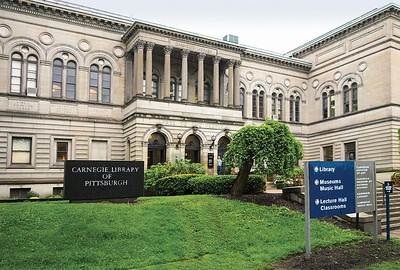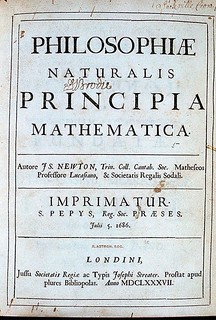
PREV ARTICLE
NEXT ARTICLE
FULL ISSUE
PREV FULL ISSUE
SMITHSONIAN CARNEGIE BOOK THEFT ARTICLESmithsonian Magazine published what may be the definitive article on the massive theft of rare books from the Carnegie Library of Pittsburgh. Here's a short excerpt, but bibliophiles and readers in general should read the full article online. It's a sad, sad tale. -Editor Like nuclear power plants and sensitive computer networks, the safest rare book collections are protected by what is known as “defense in depth”—a series of small, overlapping measures designed to thwart a thief who might be able to overcome a single deterrent. The Oliver Room, home to the Carnegie Library of Pittsburgh's rare books and archives, was something close to the platonic ideal of this concept. Greg Priore, manager of the room starting in 1992, designed it that way. In the spring of 2017, then, the library's administration was surprised to find out that many of the room's holdings were gone. It wasn't just that a few items were missing. It was the most extensive theft from an American library in at least a century, the value of the stolen objects estimated to be $8 million.

Many of the library's holdings had been donated over the years by the founder, Andrew Carnegie, and his friends. But in one notable instance, the library allotted money specifically to purchase 40 volumes of photogravure prints of Native Americans created by Edward Curtis in the first decades of the 20th century. The images were beautiful, historically valuable and extremely rare. Only 272 sets were created; in 2012, Christie's sold one set for $2.8 million. The Carnegie Library's set held some 1,500 photogravure “plates”—illustrations made apart from a book and inserted into it. They had all been cut and removed from their bindings, “except a few scattered throughout of unremarkable subjects,” a book expert later noted. And this was just the beginning. The person who worked over the Oliver Room stole nearly everything of significant monetary value, sparing no country or century or subject. He took the oldest book in the collection, a collection of sermons printed in 1473, and also the most recognizable book, a first edition of Isaac Newton's 98. He stole a first edition of The Wealth of Nations by Adam Smith, a letter written by William Jennings Bryan and a rare copy of Elizabeth Cady Stanton's 1898 memoir, Eighty Years and More: Reminiscences 1815-1897. He stole a first edition of a book written by the nation's second president, John Adams, as well as a book signed by the third, Thomas Jefferson. He stole the first English edition of Giovanni Boccaccio's Decameron, printed in London in 1620, and the first edition of George Eliot's Silas Marner, printed in the same city 241 years later. From John James Audubon's 1851-54 Quadrupeds of North America, he stole 108 of the 155 hand-colored lithographs. In short, he took nearly everything he could get his hands on. And he did it with impunity for close to 25 years.
The appraisers discovered that many of the invaluable books with illustrations or maps had been ransacked. John Ogilby's America—one of the greatest illustrated English works about the New World, printed in London in 1671—had contained 51 plates and maps. They were gone. A copy of Ptolemy's groundbreaking La Geographia, printed in 1548, had survived intact for over 400 years, but now all of its maps were missing. Of an 18-volume set of Giovanni Piranesi's extremely rare etchings, printed between 1748 and 1807, the assessors noted dryly, “The only part of this asset located during on-site inspection was its bindings. The contents have evidently been removed from the bindings and the appraiser is taking the extraordinary assumption that they have been removed from the premises.” The replacement value for the Piranesis alone was $600,000.
To read the complete article, see:
To read earlier E-Sylum articles, see:
Wayne Homren, Editor The Numismatic Bibliomania Society is a non-profit organization promoting numismatic literature. See our web site at coinbooks.org. To submit items for publication in The E-Sylum, write to the Editor at this address: whomren@gmail.com To subscribe go to: https://my.binhost.com/lists/listinfo/esylum All Rights Reserved. NBS Home Page Contact the NBS webmaster 
|
